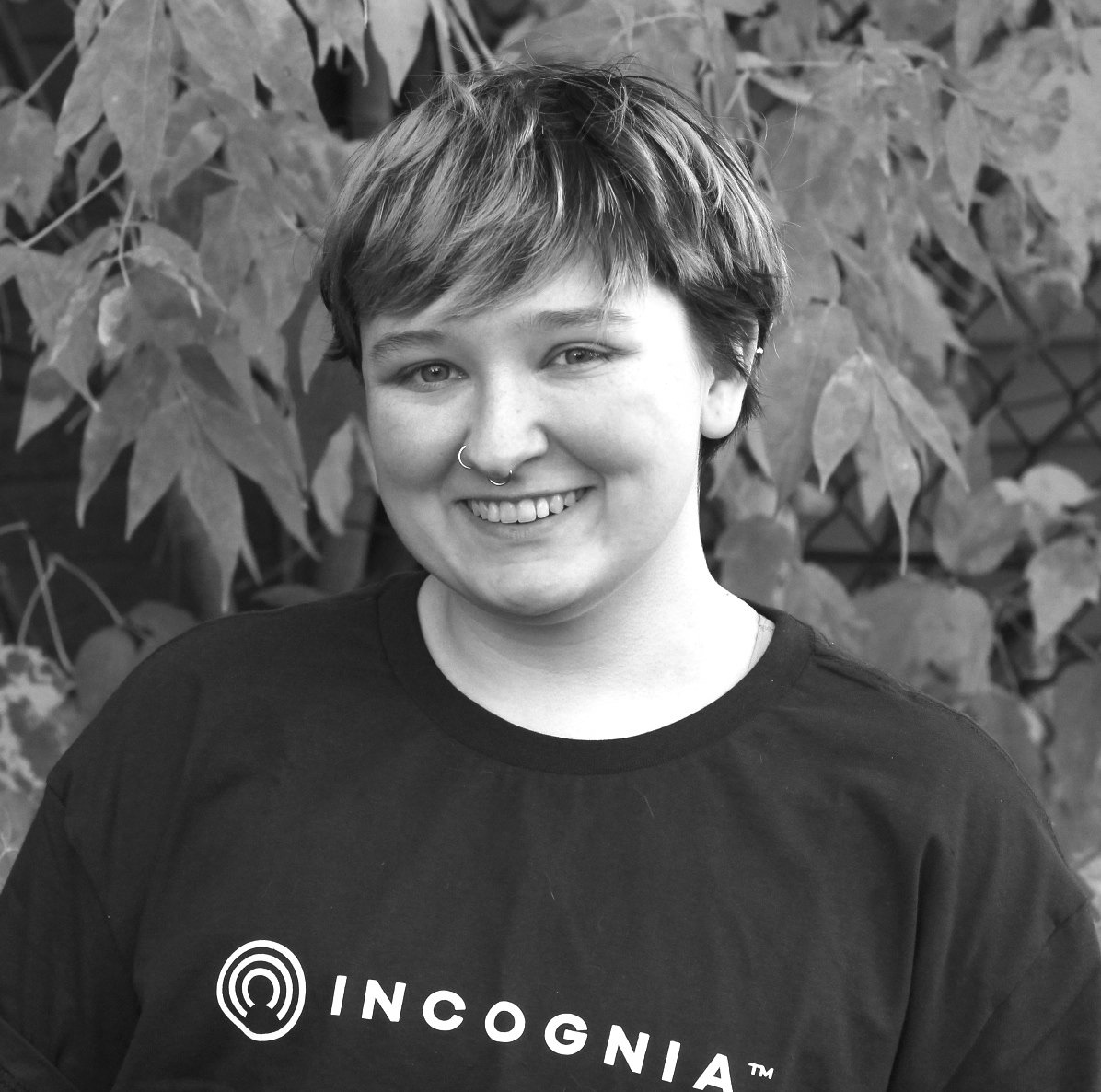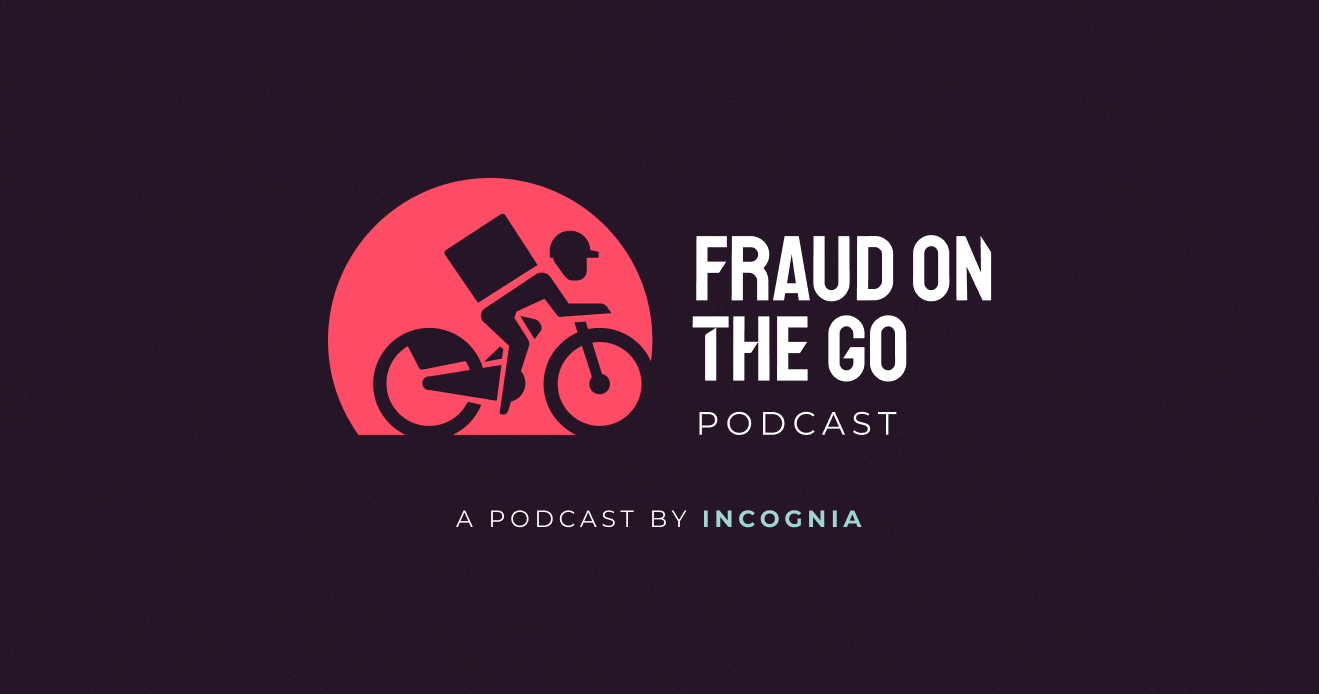- Blog
- How Fraud Prevention and Marketing Can Work Together Against Promo Abuse
How Fraud Prevention and Marketing Can Work Together Against Promo Abuse
In the digital realm, promotional campaigns are both a boon for customer attraction and a magnet for fraudsters. As businesses endeavor to deliver unique customer experiences through enticing offers, they might unintentionally create opportunities for exploitative behavior.
Subscribe to Incognia’s content
Getting eyes on your brand over all the other options available to consumers today can be a huge undertaking, and marketing is the team most directly responsible for drawing people in. Advertising, word-of-mouth, social posting—these are all ways that a modern brand might try to get the word out about their platform or services. Another great way to entice customers is to give them an incentive for trying your platform out—like promo codes or vouchers.
Unfortunately, however, good users aren’t the only ones who can take advantage of promotions, and that can create a headache for marketing and fraud prevention alike.
Key TakeAways
- Promo abuse happens when users create multiple accounts to claim promotions over and over again
- Marketing teams and fraud prevention are often siloed teams, but working together, they can more quickly identify promo abuse and protect campaigns
- Without a way to protect campaigns from promo abuse, marketing campaign budgets become "leaky buckets," that let promo money go straight to fraudsters
How does promo abuse fraud happen?
Everyone likes a good deal. If you can make customers feel like they’re being rewarded for choosing you over the competition by giving them a discount or account credit in exchange, it’s a win-win for everyone.
Take food delivery apps as an example. A food delivery app might offer customers a percentage discount, an account credit, or a waived delivery fee for their first order. Customers like paying less for things they were going to buy anyways, so promotions and bonuses are a good way to entice new users.
The platform’s acquisition and retention gets a boost, it promotes spending, and customers get better bang for their buck. This is how the story goes for typical users; for fraudsters, however, promo codes and vouchers are a deal too good to take advantage of just once.
Fraudsters commit promo abuse by making multiple accounts on the same platform to take advantage of the same promotions multiple times. Every discount that goes to a promo abuser can’t go to a legitimate customer who might’ve stayed with the platform and placed more orders after their initial purchase.
Using their multiple accounts, fraudsters can take advantage of both promos for new signups and of promotions meant to encourage repeat spending, such as email promo code campaigns.
Promo abusers have a whole arsenal of tools at their disposal to help make the scheme easier to commit and scale. For example, instead of buying a new device for each new instance of the app they want to run, they can use tools like Parallel Space or App Cloner to run multiple instances on one device. If they have multiple devices that all have these cloners, they can grow their multi-accounting capabilities exponentially.
Fraudsters also use device ID spoofing measures like factory resetting their devices or changing the parameters that device fingerprinting software uses (screen resolution, operating system version, apps on home screen, etc.) to make them harder to detect as the same person making new accounts.
Promo abusers look at multi-accounting and promo abuse as a meal ticket, and they’ll use whatever tools and tactics they can to hold onto it. Unfortunately for platform owners, this makes promo abuse trickier to detect and prevent.
Incognia's webinar on how to prevent promotion abuse in the delivery industry
Understanding the challenges & impact of promo abuse
Like any marketing campaign, digital coupon marketing is subject to ROI considerations: is the campaign effective? Is it worth the cost? What returns can we reasonably expect for X amount of expenditure? These are all good questions that promote the health of a promo campaign. In the case of rampant promotion abuse, however, finding reliable answers to these questions gets harder.
Promo abuse obviously causes financial harm since the marketing funds set aside for coupons are essentially being misappropriated by fraudsters, but the harm is two-fold. The money itself isn’t being used to its fullest effect, but the fact that the promo money goes to fraudsters instead of real customers also makes it much harder to determine the actual ROI or success of a campaign. Said differently, the only way to reliably answer, “How effective would this campaign be if it weren’t being abused by bad actors?” is to remove the bad actors.
Unfortunately, it’s often easier said than done. In the meantime, it’s hard to determine whether promo codes are bringing in enough new business to offset their budgets.
One fraud prevention contact Incognia spoke to even mentioned that they’d told their marketing team to hold off on using voucher codes altogether because of the issue of abuse. That’s a strong customer hook that marketing teams are forced to leave on the table because of bad actors.
The issue of promo abuse is difficult to address because fraudsters make an effort to appear like normal users. Who can tell the difference between a customer who signs up to use a new customer bonus and simply never orders again out of preference, versus a fraudster who’s doing the same thing hundreds of times across accounts? It’s hard to know with confidence, and that’s exactly how fraudsters like it. That said, there are still some signs that can point out promo abuse, in addition to solutions that can help.
Promo campaigns: where marketing & fraud prevention join forces against abuse
Promotional campaigns represent an excellent opportunity for a new dynamic duo to enter the stage: marketing and fraud prevention.
Marketing has the metrics and knowledge that fraud prevention needs to do their job in stopping bad actors from accessing the platform and abusing codes. Fraud prevention teams have the solutions and know-how to limit promo abuse where it happens and help restore the integrity of marketing campaigns that use coupons and bonuses.
Incognia's CEO André Ferraz on the collaboration that's necessary to stop promo abuse
For example, marketing teams have access to information about users who sign up, redeem a code, and then do very little afterward. This data, combined with other risk signals collected by fraud prevention, can reveal the users at highest risk of being promo abusers more clearly. From that point, fraud prevention teammates can block the fraudster’s device using a more persistent device fingerprinting solution—Incognia’s DF, for example, can identify a device even after a factory reset.
Collaborating with marketing can also help fraud prevention in other areas aside from promo abuse. Fraudsters often like to leverage multiple types of fraud and policy abuse to maximize profits—if they have the extra user accounts to spare, why not?
But accounts and devices that are flagged and blocked for promo abuse could potentially serve as a canary in a coal mine. When fraudsters get caught at the promo abuse stage, they won’t have the same opportunities to commit further abuses elsewhere on the app.
When used according to design, promos, coupons, and vouchers are great ways to bring in new business while offering customers a discount in return. When exploited by bad actors, promo campaigns can quickly become a quicksand pit where it’s hard to know the true effectiveness or level of abuse affecting the campaign.
The problem of promo abuse represents an opportunity for collaboration between marketing teams and fraud prevention teams that supports the health of the entire brand—both hands know what the other is doing, and fraudsters are the only ones left unawares when solutions come into play to limit these abuses.
To learn more about how Incognia helps food delivery platforms protect themselves from problems like promo abuse, check out our food delivery industry page.




